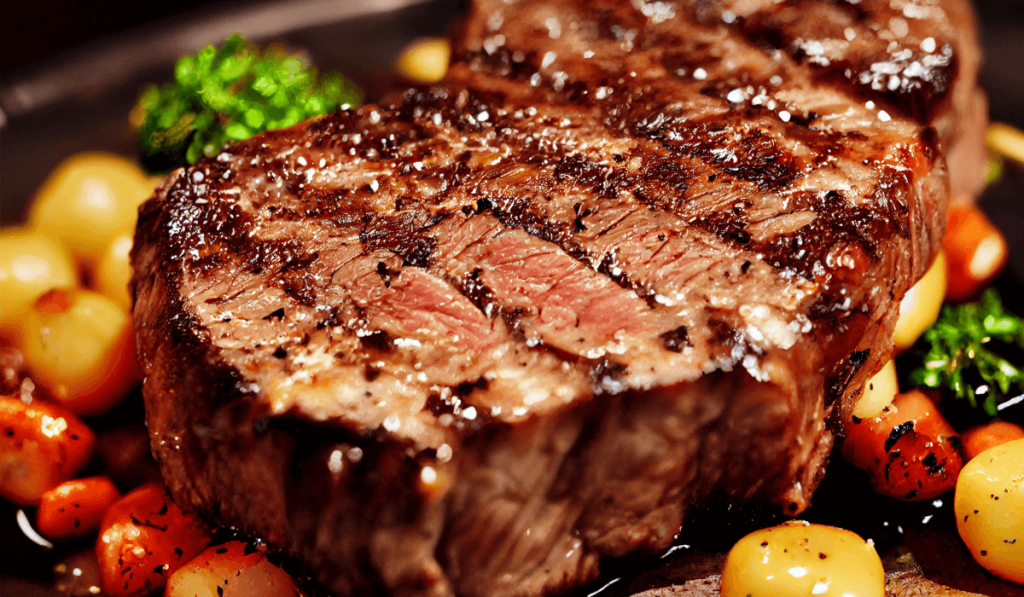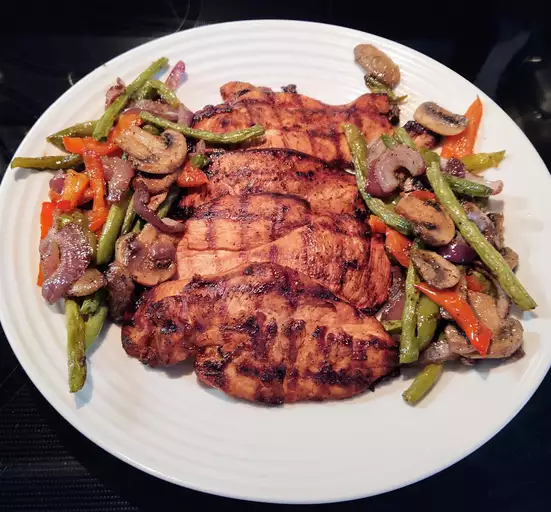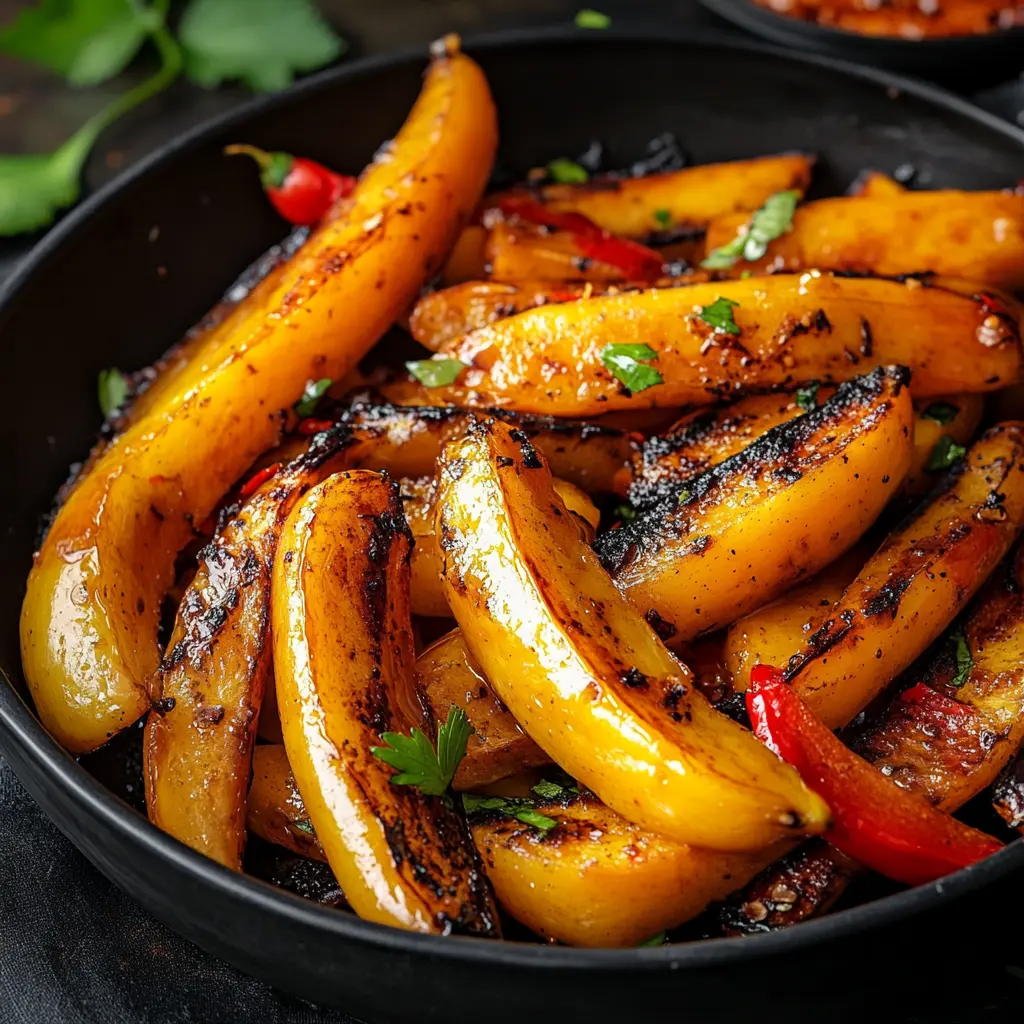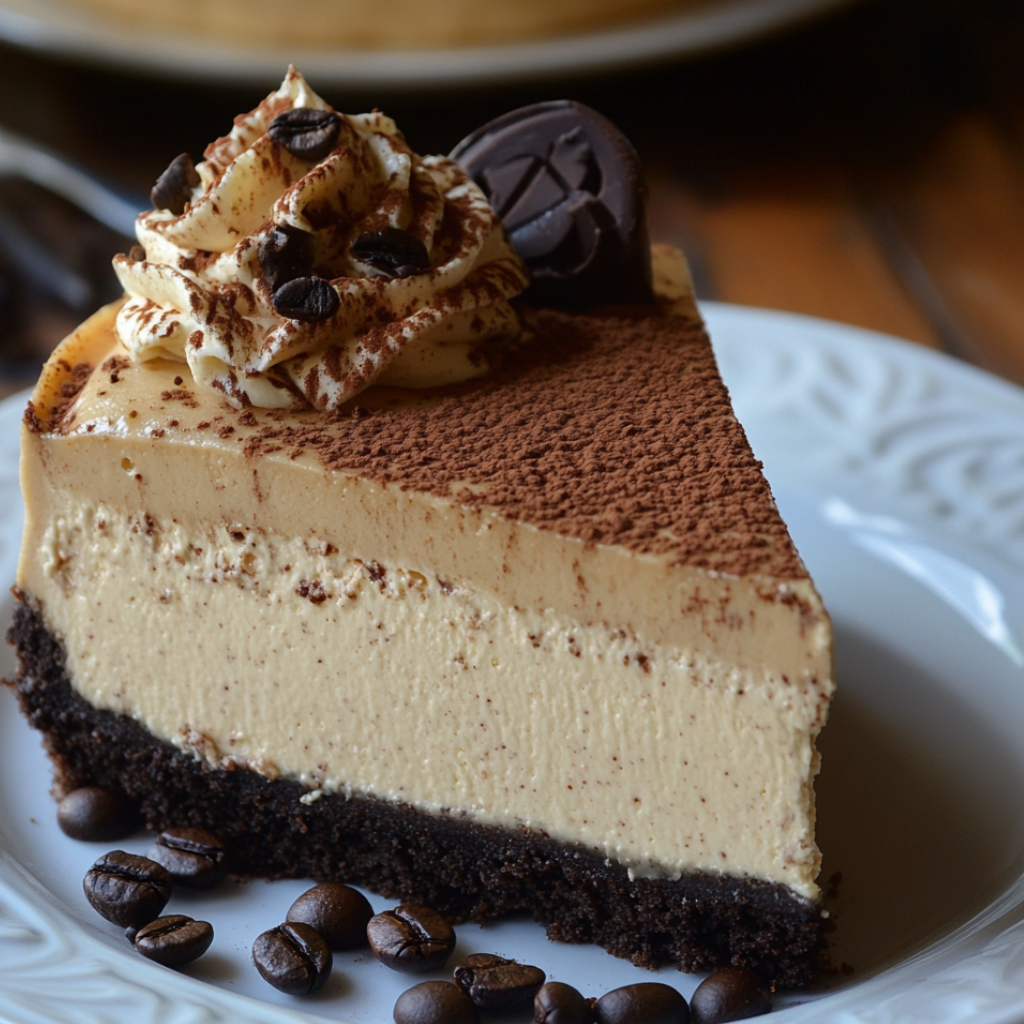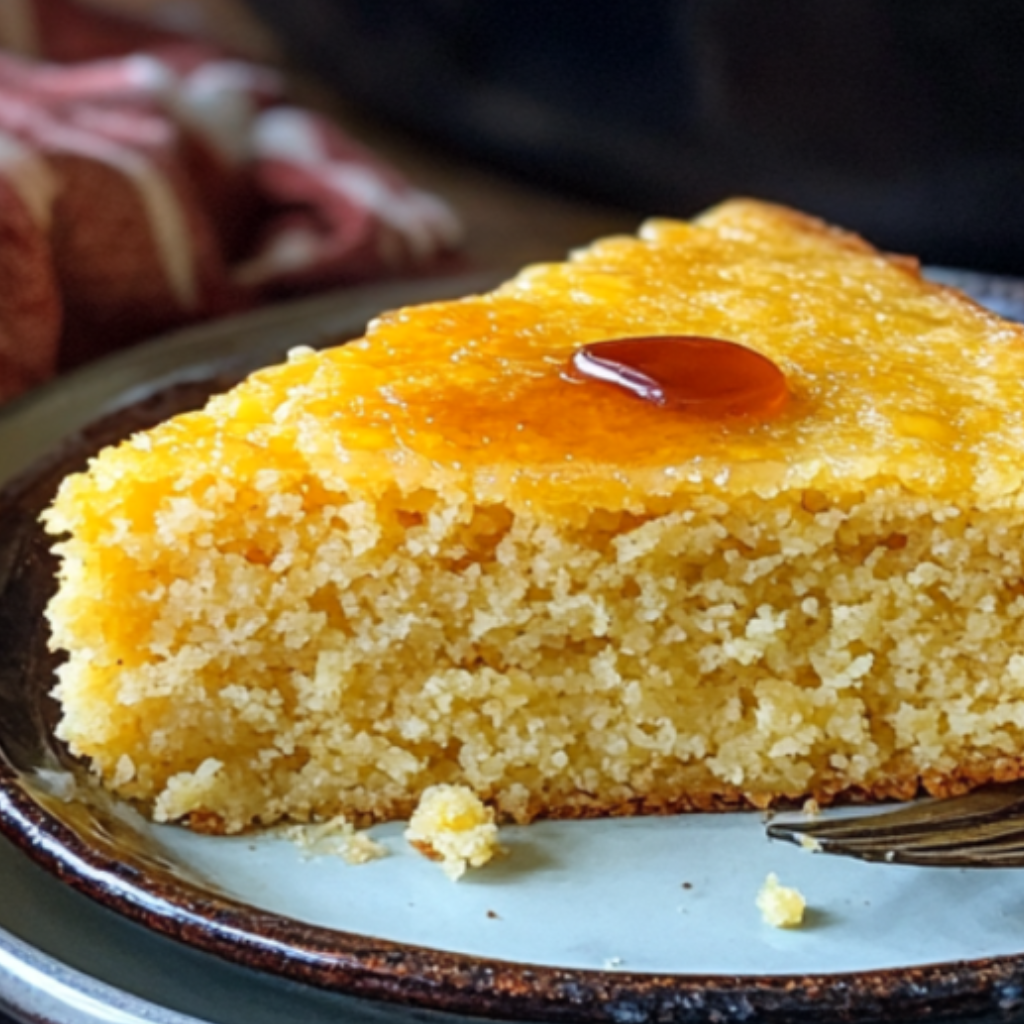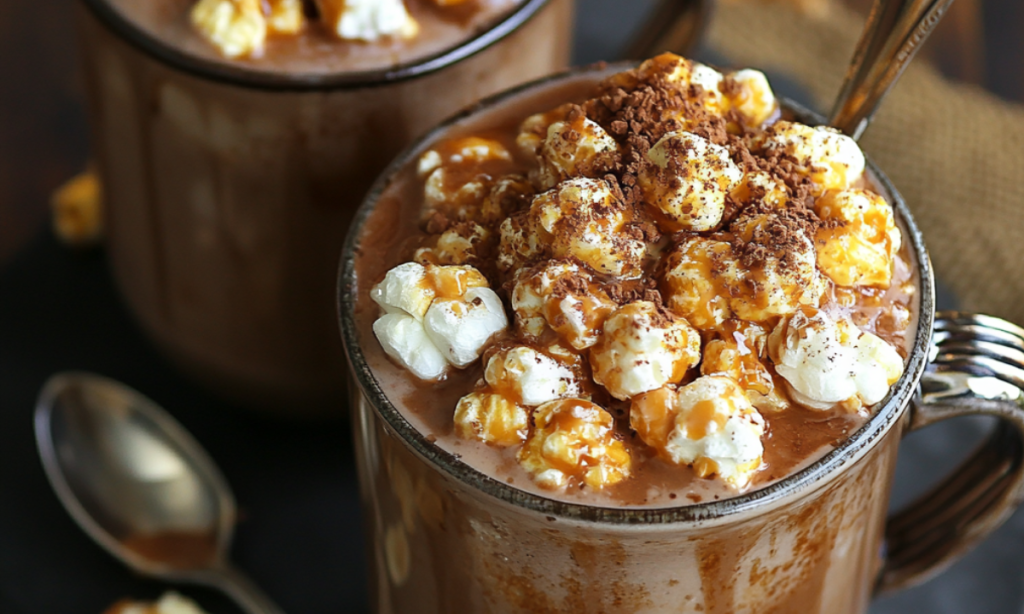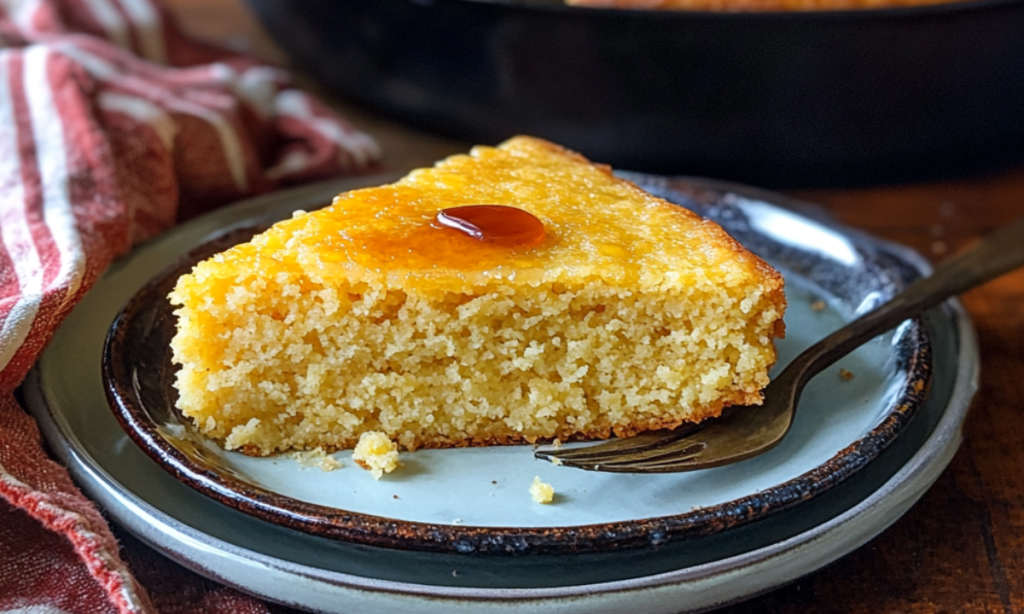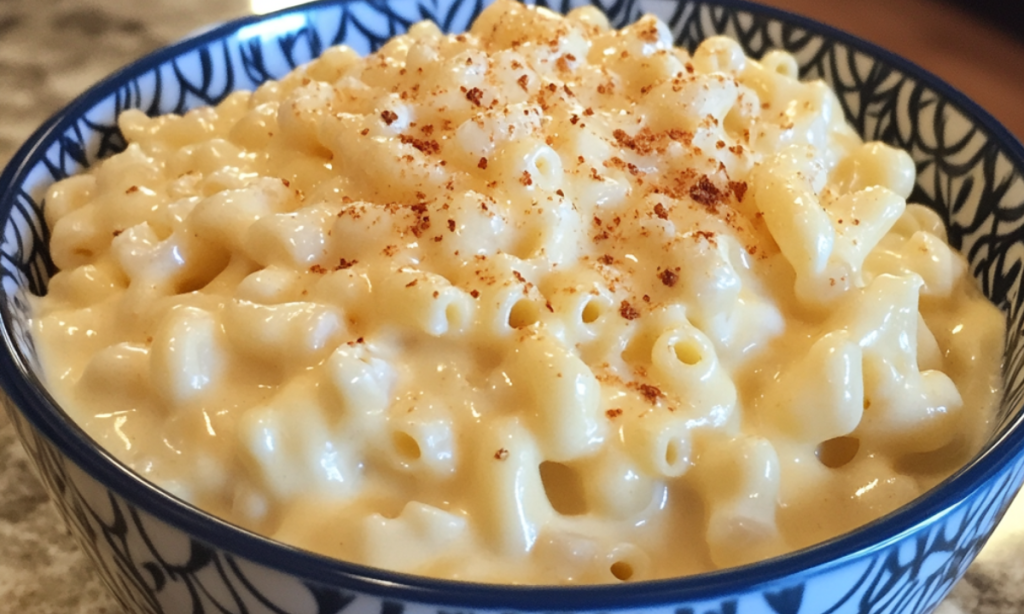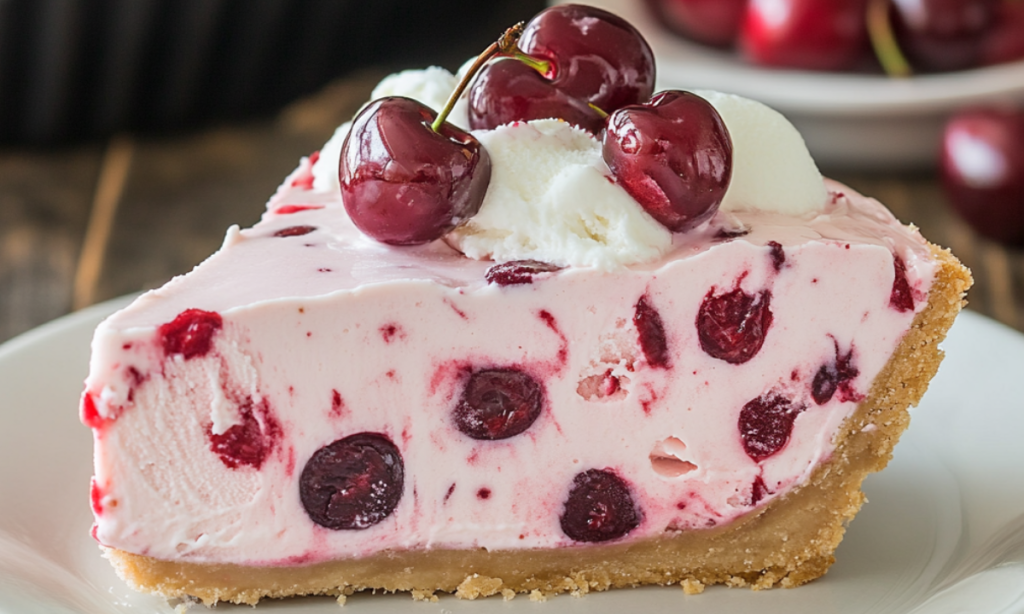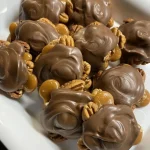Introduction to Traeger Recipes and Smoking Techniques
Welcome to the world of Traeger recipes, where grilling meets innovation. Traeger grills, known for their wood pellet design, have changed how we cook outdoors. These recipes are not just about grilling. They are a culinary adventure. With a Traeger, you can smoke, bake, and roast. This versatility makes every meal exciting.
Traeger grill recipes stand out for their ease and depth of flavor. They’re perfect for anyone, from beginners to experts. The wood pellets, like hickory or apple, add unique tastes to every dish.
But it’s not just about meat. Traeger recipes also include vegetables and baked treats. This shows how versatile these grills are. The secret? Consistent temperature control and a range of pellet flavors.
With a Traeger, outdoor cooking becomes a creative journey. You can make everything from juicy ribs to delicate smoked fish. Modern features like Wi-Fi controls add convenience to the experience.
So, let’s explore the delicious possibilities with Traeger grills. Whether it’s a big barbecue or a quiet family dinner, these recipes will make your meals memorable. Join us as we dive into the flavorful world of Traeger cooking!
Origin of Traeger Grills:
Traeger’s journey began in Oregon, where Joe Traeger was part of his family’s heating business. The invention of the pellet grill was spurred by a mishap during a family barbecue in 1985 when Joe’s traditional grill caught fire. This incident led Joe to seek a safer and more reliable method of outdoor cooking, which ultimately resulted in the creation of the first wood pellet grill.
Development of Traeger Recipes:
With the introduction of the pellet grill, a new style of cooking emerged. Unlike traditional charcoal or gas grills, Traeger Grills used compressed wood pellets, offering a consistent temperature and a distinctive smoky flavor. This innovation opened up a plethora of culinary possibilities, leading to the development of specific recipes that were tailored to the unique characteristics of pellet grilling.
Expansion of Recipe Variety:
Initially, Traeger recipes focused mainly on classic barbecue dishes like smoked ribs, brisket, and pulled pork, which benefited immensely from the slow-cooking and smoky flavor profile of the pellet grill. However, as the popularity of Traeger Grills grew, so did the variety of recipes. Enthusiasts began experimenting with different types of foods, including poultry, seafood, vegetables, and even baked goods.
Community and Cookbook Contributions:
The growth of a dedicated Traeger community played a significant role in the expansion of Traeger recipes. Users shared their own culinary experiments, leading to a diverse and rich collection of recipes. Additionally, the company itself began to produce cookbooks and online resources, providing users with guidance and inspiration for their pellet grill cooking.
Modern Era of Traeger Recipes:
Today, Traeger recipes are a fusion of traditional barbecue techniques and modern culinary trends. They showcase the versatility of pellet grilling, extending beyond the realm of conventional barbecue. The company’s website and community platforms continue to be a treasure trove of recipes, ranging from beginner-friendly dishes to gourmet creations, reflecting the evolving tastes and skills of Traeger grill users.
The history of Traeger recipes is a journey from a simple, safer grilling method to a broad culinary movement, embracing innovation, community, and a shared love for the unique flavors that only wood pellet grilling can provide.
The Art of Traeger Cooking: Techniques and Tips
Traeger cooking goes beyond traditional grilling, offering a unique blend of simplicity and sophistication. Whether you’re a beginner or an experienced grill master, mastering the art of cooking with a Traeger grill can elevate your outdoor culinary experiences. Here are some key techniques and tips to help you make the most of your Traeger recipes:
Understanding Pellet Flavors:
Each wood pellet flavor imparts a different taste. Hickory and mesquite are great for a strong smoky flavor, ideal for red meats. Apple and cherry wood offer a sweeter touch, perfect for poultry and pork. Experiment with different pellets to discover your favorite combinations.
Temperature Control:
One of the standout features of Traeger grills is their precise temperature control. For smoking, low and slow is the key. A temperature range of 225-250°F is ideal for most meats. For grilling, a higher temperature range of 450-500°F is preferred. Use the digital controls to maintain a steady temperature for even cooking.
Preheating:
Always preheat your Traeger grill for 10-15 minutes before cooking. This ensures the grill reaches the right temperature and helps in achieving a better sear on the food.
Indirect Heat for Smoking:
When smoking meats, use indirect heat. This means the food is not directly over the fire, allowing it to cook slowly and absorb the smoky flavors.
Don’t Overlook the Probe Thermometer:
Use the built-in probe thermometer to monitor the internal temperature of your meats. This is crucial for cooking meats to the perfect level of doneness, especially for larger cuts.
Regular Maintenance:
Regular cleaning and maintenance of your Traeger grill are essential. Clean the grates after every use and periodically check the pellet hopper and firepot to ensure they are free of debris.
Layering Flavors:
Don’t be afraid to layer flavors with marinades, rubs, and sauces. These can complement the natural wood-fired flavors and add complexity to your dishes.
Resting Your Meat:
After cooking, let your meat rest before slicing. This allows the juices to redistribute, ensuring your meat is moist and flavorful.
Vegetables and Fruits:
Traeger grills aren’t just for meats. Vegetables and fruits can also be cooked, gaining a subtle smokiness that enhances their natural flavors.
Experimentation and Patience:
Finally, the true art of Traeger cooking lies in experimentation and patience. Try different recipes, mix and match flavors, and don’t be discouraged by initial mishaps. Over time, you’ll develop a feel for how your Traeger grill works best with different foods.
Recipe Categories and Preparation Guides for Traeger Grills – Traeger Barbecue Ideas
Traeger grills offer a versatile platform for a wide array of recipes, spanning various categories and preparation styles. Here’s a guide to some popular recipe categories and tips for preparing them on your Traeger grill:
- Beef Recipes
- Steaks and Briskets: Preheat your Traeger to high for steaks to get a good sear. For briskets, go low and slow at around 225°F. Season well and consider a simple rub of salt, pepper, and garlic powder to enhance the natural flavors.
- Poultry Recipes
- Chicken and Turkey: Poultry benefits from medium heat and indirect cooking. Use fruit woods like apple or cherry for a milder smoke flavor. Brining the poultry beforehand can help retain moisture.
- Fish and Seafood Recipes
- Grilled and Smoked Seafood: Seafood cooks quickly, so a medium to high heat is ideal. Cedar planks can be used for an added layer of flavor, especially for fish like salmon.
- Vegetarian Recipes
- Grilled Vegetables and Plant-Based Proteins: Vegetables grill quickly at medium-high heat. Use olive oil and seasonings to enhance their natural flavors. Plant-based proteins like tofu and tempeh can also be smoked for added flavor.
- Pork Recipes
- Ribs and Pulled Pork: Pork ribs and pulled pork are best cooked low and slow. A temperature around 250°F is ideal, and don’t forget to apply a good BBQ rub for extra flavor.
- Lamb Recipes
- Roasts and Chops: Lamb can be cooked at a medium to high temperature. Consider a herb rub to complement the rich flavors of lamb.
- Game Recipes
- Venison, Duck, and Other Game: Game meats often benefit from a lower cooking temperature due to their lean nature. Use a meat thermometer to avoid overcooking.
General Preparation Tips:
- Marinating and Brining: For meats, marinating or brining can enhance flavor and tenderness. Even a few hours can make a difference.
- Letting Meat Reach Room Temperature: Before grilling, let meats come to room temperature for more even cooking.
- Using a Water Pan: In long smoking sessions, a water pan can help maintain moisture inside the grill.
- Checking for Doneness: Always use a meat thermometer to check the internal temperature for proper doneness.
- Resting Time: Allow your cooked meats to rest before cutting to retain juices.
By exploring these categories and following the preparation guides, you can make full use of your Traeger grill’s capabilities, enjoying a wide range of delicious dishes that go far beyond traditional barbecue.
Beef Recipes: Steaks and Briskets on a Traeger Grill
Cooking beef, especially steaks and briskets, on a Traeger grill can transform a simple meal into a gourmet experience. Here’s how to make the most of these cuts using your Traeger grill:
Steaks
Preparation:
- Choose the Right Cut: For steaks, opt for cuts like ribeye, sirloin, or filet mignon for the best results.
- Seasoning: Keep it simple with salt, pepper, and a bit of garlic powder. For more adventurous flavors, consider a dry rub or marinate for a few hours.
Grilling:
- Preheat the Grill: Set your Traeger to high heat (around 450-500°F) to get a good sear.
- Grill Time: Place the steaks on the grill and cook for about 4-6 minutes per side, depending on thickness and desired doneness.
- Checking for Doneness: Use a meat thermometer. Medium-rare typically reads 130-135°F.
- Rest the Steaks: Let them rest for a few minutes after grilling to allow the juices to redistribute.
Briskets
Preparation:
- Selecting Brisket: Look for a brisket with good marbling. Trim the fat cap to about 1/4 inch.
- Seasoning: A simple mix of salt, pepper, and smoked paprika works well. Apply generously.
Smoking:
- Low and Slow: Set your Traeger to 225-250°F for smoking.
- Smoke the Brisket: Place it fat side up on the grill. Expect a long cook time, often 1 to 1.5 hours per pound.
- Wrap It Up: After the brisket reaches an internal temperature of about 160°F, wrap it in butcher paper or foil. This helps retain moisture.
- Finish Cooking: Continue cooking until it reaches an internal temperature of 195-205°F, ideal for tenderness.
- Rest the Brisket: Let it rest for at least an hour before slicing.
Additional Tips:
- Wood Pellets: For steaks, hickory or mesquite pellets add a robust flavor. For briskets, consider oak or pecan for a milder smoke.
- Monitoring: Keep an eye on the internal temperature and the grill’s temperature during the entire cooking process.
- Slicing Brisket: Always slice against the grain for tenderness.
Whether you’re grilling a steak for a quick dinner or dedicating a day to smoking a brisket, your Traeger grill can help you achieve that perfect blend of smokiness and tenderness, making every beef dish a special occasion.
Poultry Delights: Chicken and Turkey Recipes
Poultry cooked on a Traeger grill, be it chicken or turkey, can be exceptionally juicy and flavorful. Here’s how to prepare these poultry delights to perfection:
Chicken Recipes
Grilled Chicken Breasts
Preparation: Season the chicken breasts with a mixture of olive oil, garlic, herbs, salt, and pepper. For more flavor, marinate them for a few hours in the fridge.
Grilling: Preheat your Traeger to medium-high heat (around 350-375°F). Place the chicken breasts on the grill and cook for about 6-8 minutes per side, depending on thickness, until the internal temperature reaches 165°F.
Smoked Whole Chicken
Preparation: Rub the whole chicken with a blend of your favorite spices. For extra juiciness, brine the chicken in a saltwater solution for several hours before cooking.
Smoking: Set the Traeger to a lower temperature, around 225-250°F. Place the chicken on the grill and smoke for about 3-4 hours, or until the internal temperature reaches 165°F.
Turkey Recipes
Smoked Turkey Breast
Preparation: Season the turkey breast with a dry rub of your choice. For more depth, inject it with a mixture of butter, garlic, and herbs.
Smoking: Preheat the Traeger to 225°F. Smoke the turkey breast until the internal temperature reaches 165°F, usually about 30 minutes per pound.
Traeger Roasted Turkey
Preparation: Season the turkey inside and out with your preferred herbs and spices. Stuff the cavity with aromatics like onion, garlic, and herbs if desired.
Roasting: Set your Traeger to 325°F. Place the turkey on the grill and roast it, basting occasionally, until the internal temperature reaches 165°F in the thickest part of the thigh.
General Tips for Poultry:
Wood Pellets: Fruitwood pellets like apple or cherry can impart a slightly sweet, smoky flavor that complements poultry well.
Checking Doneness: Always use a meat thermometer to ensure poultry is cooked to the safe internal temperature of 165°F.
Resting: Allow your cooked poultry to rest for a few minutes before carving to keep it juicy.
Whether you’re in the mood for a simple grilled chicken dinner or planning a special occasion with a smoked turkey, your Traeger grill can help you achieve wonderfully smoky and succulent poultry dishes. Enjoy the process and the delicious results!
Frequently Asked Questions about Smoked Recipes Traeger
Q1: What makes cooking on a Traeger grill different from other grills?
Traeger grills use wood pellets for fuel, providing a unique smoky flavor to the food. They offer precise temperature control, making them versatile for grilling, smoking, baking, and even roasting.
Q2: Can I use any brand of wood pellets in my Traeger grill?
While Traeger grills are compatible with most wood pellets, it’s recommended to use Traeger’s own pellets. They are specifically designed to ensure consistent quality and optimal performance of the grill.
Q3: How do I clean my Traeger grill?
Regular cleaning involves emptying the ash from the fire pot, wiping down the grill grates, and occasionally cleaning the grease drip tray. Detailed cleaning instructions are provided in the grill’s manual.
Q4: What’s the best way to start a Traeger grill?
To start your Traeger grill, fill the hopper with pellets, turn the power on, set your desired temperature, and let it preheat for about 10-15 minutes. The grill will automatically feed pellets into the fire pot to reach and maintain the set temperature.
Q5: How long do pellets last in a Traeger grill?
The duration depends on the cooking temperature and the model of the grill. On average, a Traeger grill burns about 1-3 pounds of pellets per hour. Lower temperatures for smoking will use fewer pellets compared to high-temperature grilling.
Q6: Can I bake on a Traeger grill?
Yes, a Traeger grill can be used as an outdoor oven for baking. It’s capable of maintaining steady temperatures needed for baking bread, pizzas, desserts, and more.
Q7: How do I know when my food is done cooking on a Traeger?
Using a meat thermometer is the best way to ensure your food is cooked properly. Each type of meat has a recommended internal temperature for doneness.
Q8: Can I leave my Traeger grill unattended while cooking?
While Traeger grills are designed for safe operation, it’s always best to keep an eye on the cooking process, especially for long smoking sessions, to ensure safety and optimal cooking results.
Q9: How do I store my Traeger grill?
Store your Traeger grill in a dry place, covered with a Traeger grill cover to protect it from the elements. Ensure that the pellets are stored in a dry environment to prevent moisture absorption.
Conclusion: The Joy of Traeger Cooking
In conclusion, Traeger cooking is not just about delicious food; it’s about the pleasure of cooking, the exploration of new flavors, and the joy of sharing these experiences with others. Whether you’re gathered around the grill with family, entertaining friends, or simply enjoying a quiet meal, cooking on a Traeger grill makes every occasion special. It’s not just a way to cook; it’s a way to bring people together, creating memorable moments and delectable dishes that linger in both the heart and palate.


